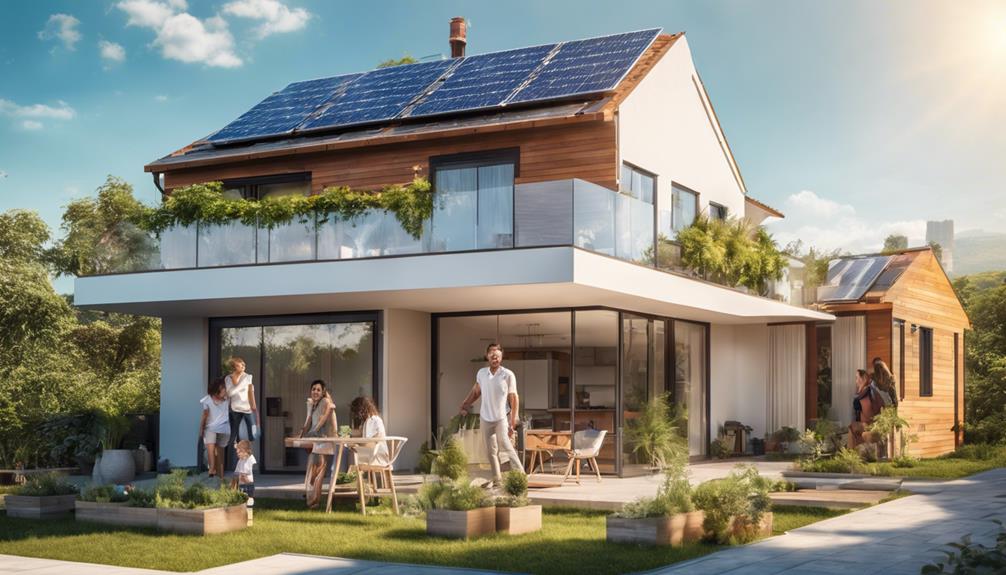
The world is increasingly turning towards renewable energy sources, and solar power stands out as one of the most promising options. Among the various solar panel options available on the market, the 375 watt solar panel has gained substantial popularity. This blog post will delve into what a 375 watt solar panel is, its advantages, installation considerations, and how it can contribute to a more sustainable future.
What is a 375 Watt Solar Panel?
A 375 watt solar panel is a type of photovoltaic (PV) panel that is capable of producing up to 375 watts of electricity under optimal conditions. These panels are typically constructed from silicon solar cells, which convert sunlight into usable electrical power. The 375 watt rating indicates the maximum output, but actual production can vary based on factors like sunlight exposure, shading, and panel orientation. With the growing demand for efficient energy solutions, 375 watt solar panels have become a favored choice for both residential and commercial solar installations.
Benefits of Choosing a 375 Watt Solar Panel
The increasing popularity of 375 watt solar panels can be attributed to their numerous benefits. First and foremost, they provide higher energy output compared to lower wattage options, making them ideal for homes and businesses looking to maximize their solar energy potential. Additionally, they often take up less space on rooftops or ground mounts, allowing for efficient utilization of available areas. This means that even properties with limited roof space can benefit significantly from a 375 watt solar panel setup. Moreover, these panels are generally more efficient, meaning you can generate more electricity per square foot compared to traditional lower-wattage panels.
Understanding the Installation Process
Installing a 375 watt solar panel involves several steps, and it’s essential to approach the process with proper planning. The first step is to conduct a thorough assessment of your property to determine the best placement for the panels. Factors such as roof orientation, shade from nearby trees or buildings, and local climate conditions play a crucial role in the installation. After selecting the optimal location, a professional installer will mount the panels and connect them to an inverter, which converts the direct current (DC) electricity generated by the panels into alternating current (AC) electricity for use in your home. Finally, the system will be connected to your electrical panel, allowing you to harness solar energy effectively.
Cost Considerations for 375 Watt Solar Panels
When considering a solar installation, understanding the costs associated with 375 watt solar panels is critical. The price of these panels can vary based on brand, efficiency, and installation complexity, but they tend to fall within a competitive range compared to other wattage options. While the initial investment can seem high, it is essential to consider the long-term savings on energy costs. Additionally, many governments offer incentives, rebates, and tax credits for solar installations, which can significantly reduce the overall expenditure. Over time, homeowners often recoup their investment through reduced electricity bills and even potential earnings from net metering, where excess energy generated is sold back to the grid.
Comparing 375 Watt Solar Panels to Other Wattage Options
While 375 watt solar panels are an excellent choice, it’s essential to compare them with other wattage options to determine which best suits your needs. Lower wattage panels, such as 250 or 300 watts, might be more affordable upfront but may require more panels to achieve the same energy output. On the other hand, higher wattage panels, like 400 watts, can produce more energy, but they might come at a premium price. Ultimately, the choice depends on your energy needs, roof space, and budget. A 375 watt solar panel strikes a balance between efficiency and cost, making it a popular choice for many homeowners looking to transition to solar energy.
Maintenance and Longevity of 375 Watt Solar Panels
One of the significant advantages of solar panels, including 375 watt models, is their low maintenance requirements. Most manufacturers offer warranties ranging from 25 to 30 years, reflecting their durability and longevity. Regular maintenance typically involves cleaning the panels to remove dust and debris that can hinder performance. Additionally, it’s essential to have the system inspected periodically to ensure all components, including inverters and wiring, are functioning correctly. With proper care, a 375 watt solar panel can provide reliable energy production for decades, making it a wise long-term investment.
Environmental Impact of 375 Watt Solar Panels
Switching to solar energy has a significant positive impact on the environment. By utilizing 375 watt solar panels, homeowners and businesses contribute to reducing greenhouse gas emissions, which are a leading cause of climate change. Solar energy is a clean, renewable resource that helps decrease reliance on fossil fuels. Moreover, the production of solar panels has become more sustainable over the years, with many manufacturers implementing eco-friendly practices. By investing in a 375 watt solar panel system, you’re not just saving on energy costs; you’re also playing a role in promoting a healthier planet for future generations.
Conclusion: Is a 375 Watt Solar Panel Right for You?
In conclusion, a 375 watt solar panel offers an efficient and effective solution for harnessing solar energy. With its higher energy output, space-saving design, and long-term savings potential, it’s an excellent choice for many residential and commercial applications. However, it’s essential to assess your specific energy needs, budget, and property conditions before making a decision. By understanding the benefits and considerations outlined in this guide, you can make an informed choice about whether a 375 watt solar panel system is the right fit for your solar energy goals. Transitioning to solar energy not only benefits your wallet but also contributes to a sustainable future.





